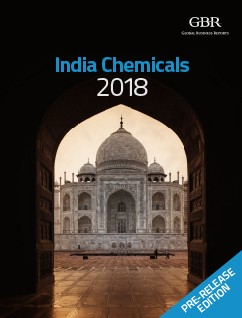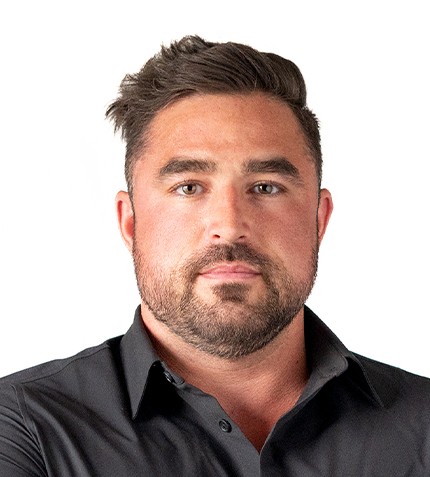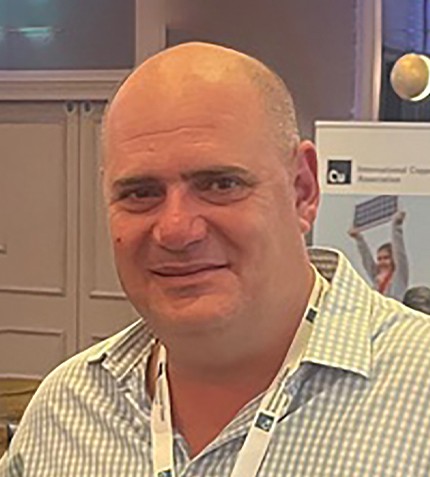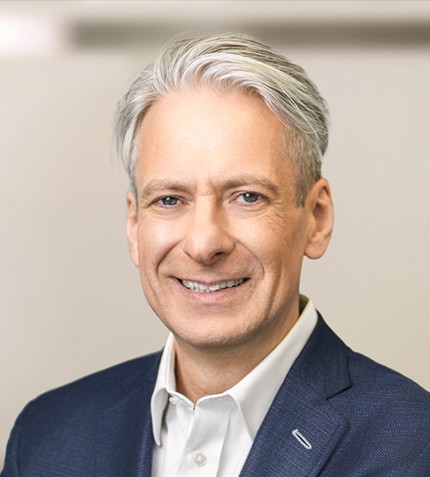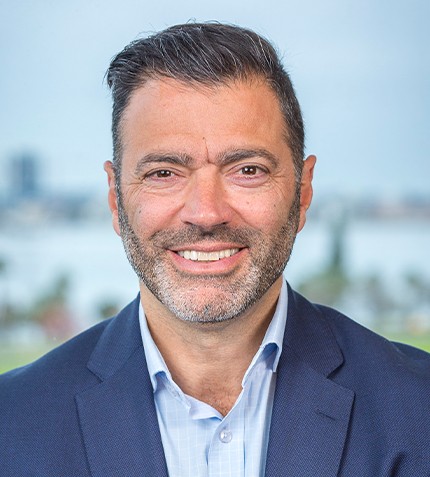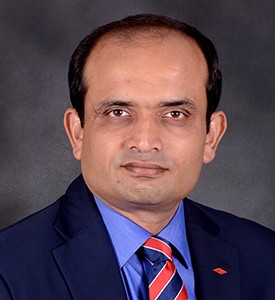
"Sadara is the single largest integrated petrochemical facility built in one phase anywhere in the world. Sadara’s geographic location not only provides us access to advantaged feedstock but also world class technology that Dow is behind. Moreover, Sadara provides us access to most of the chemistries that are relevant to the future."
RELATED PUBLICATION
ARTICLES FROM THIS PUBLICATION
Sudhir Shenoy
CEO, DOW INDIA – DOW CHEMICAL
Could you introduce us to Dow Chemical’s presence in India?
Dow Chemical has been present in India for over 60 years, but our presence has dramatically grown in the last 15 years. This is partly due to the fact that the market has been on a fast track of growth. Our supply capability has also improved, especially in the last couple of years with the completion of Sadara. Our investment in Saudi Arabia has been a substantial asset from where we supply India amongst other markets. A lot of effort has been put into R&D and innovation at a localized level in India, which has enabled us to go after market segments where the needs are very different compared to the rest of the world.
How is the Sadara Chemical Company, a unique alliance between Saudi Aramco and Dow Chemical, impacting your operations in India?
Sadara is the single largest integrated petrochemical facility built in one phase anywhere in the world. Sadara’s geographic location not only provides us access to advantaged feedstock but also world class technology that Dow is behind. Moreover, Sadara provides us access to most of the chemistries that are relevant to the future.
With respect to our operations in India, Sadara and Saudi Arabia is logistically convenient as it is only a 4-day lead time. Over the past three to four years, we have built the organizational capability, the supply chain infrastructure and also increased our offering and customer base to enable us to sell once Sadara is up and running, which is now. -
As a company with a global footprint, how are you able to differentiate your product line for the Indian market?
Our application development capability - to be able to adapt our offering to the needs and affordability of the markets in India - is a large piece of what we do locally. Our laboratories enable us to innovate with our customers to find new applications. Other fundamental factors include our integrated supply chain and infrastructure, and our ability to provide the right kind of technical service to support our customers.
How is Dow’s Pack Studios contributing to your development in the market?
The Pack Studio is an evolution of a journey that we have been on for a long time. We already have multiple laboratory capabilities in India that have grown over the years. What we did with the new innovation center is to combine all of our technologies under one roof. It encourages cross-business collaboration and allows our customers the opportunity to view the entire portfolio and determine what makes the most sense for them.
How is Dow able to meld its global experience into the Indian market?
There are significant advantages of having a global footprint. For example, our core R&D capabilities are centralized in a few locations globally. From our global R&D, we carry out application-oriented research in India to make sure that it is fit for the purpose in our context. So, the local organization has to be in tune with the customer needs in India, but still be able to access company’s global expertise. This goes for everything, including the environment, health and safety, operations, design, engineering and marketing tools. But one cannot cut and paste, and apply blindly from North America or Europe to India. It needs to be adapted to our context and needs. That is what our local organization is very capable of.
Globally, Dow has implemented Sustainability Goals for 2025. Within India, what are the key factors driving your sustainability framework?
While we see that sustainability is becoming an increasingly important factor and will potentially become a license to operate in India in the near-term, we believe in always staying ahead of the curve. Our efforts are not reactive based on regulatory norms. We are way ahead of the game. We see ourselves as thought leaders, as role models that raise the bar. We typically looks at the local regulation or the company standards, whichever is higher. Honestly, I have yet to find a place where the local regulation is stricter - we are always way ahead. For example, we discharge 40% less than what we are technically permitted to discharge. That is the standard that we follow.
How are you strategizing growth in India moving forward?
There is opportunity everywhere today in India. You cannot throw a stone without hitting an opportunity. The question is - what are we capable of being able to monetize within our needs, our capabilities and availability. We have to prioritize; and our focus is to value-add and move up the value chain. Growth cannot be haphazard. Our focus has to be on profitable growth that is value-based and sustainable. The plastics business is a great example of that.
Our focus is also on technology and solutions that bring value to our customers. Although Dow India typically operates in what we term as a polymer or a petrochemical market, we look for segments where there are gaps, where performance improvement is required or where value can be captured by the brand owners. Sustainability is one driver which we have been working on for the past five years.
Can you provide a final message to our readers on the Indian market?
India is an exciting market with a lot of opportunity but also a lot of complexities. It is still in an evolutionary process. We do not want to repeat mistakes, because it is an industry that has its challenges with respect to the environment, health and safety. We want to learn from other geographies that are perhaps ahead of us and learn from their mistakes. The industry’s focus needs to be on issues whether it be regulatory norms relating to effluent discharge or simply the safe transportation of chemicals.
We strongly advocate for companies to take action and not wait for regulatory forces to do so. For example, we champion Responsible Care and even mentor other companies on the initiative. We do not believe that safety or sustainability should be a differentiable advantage and do not want to hide behind and say we are better than others. We want to raise the bar and help others to follow and improve so that the industry can move forward as a whole.




